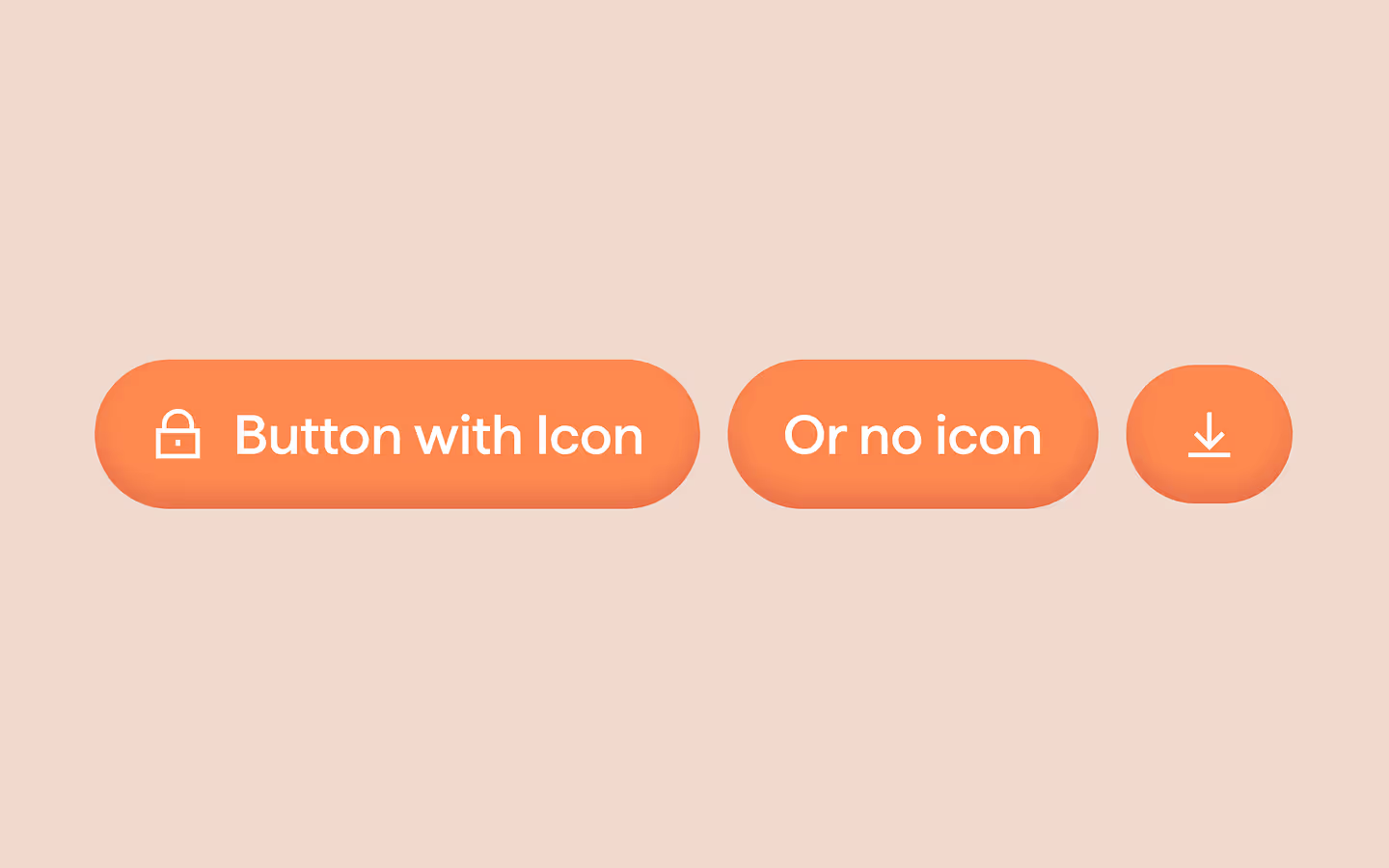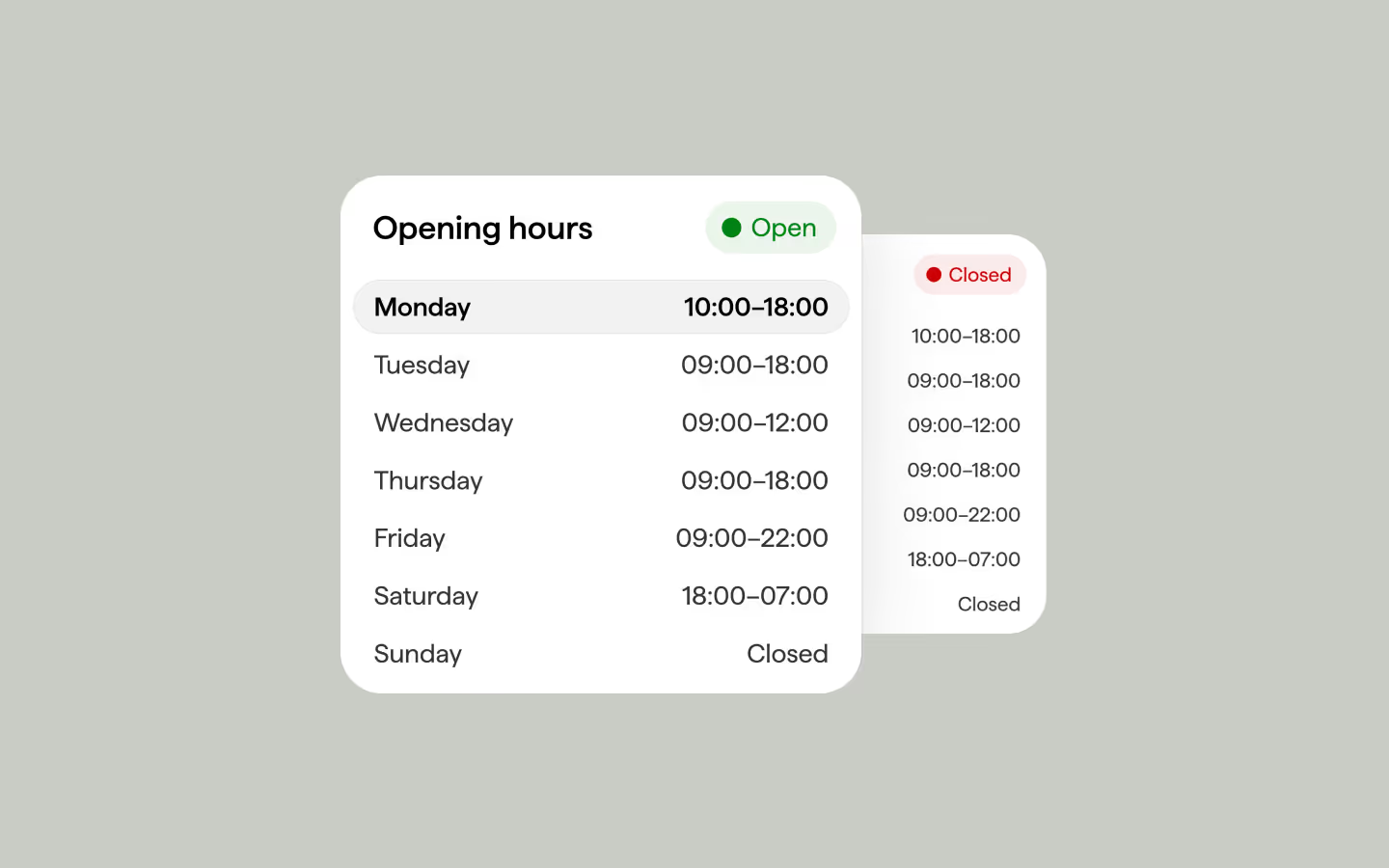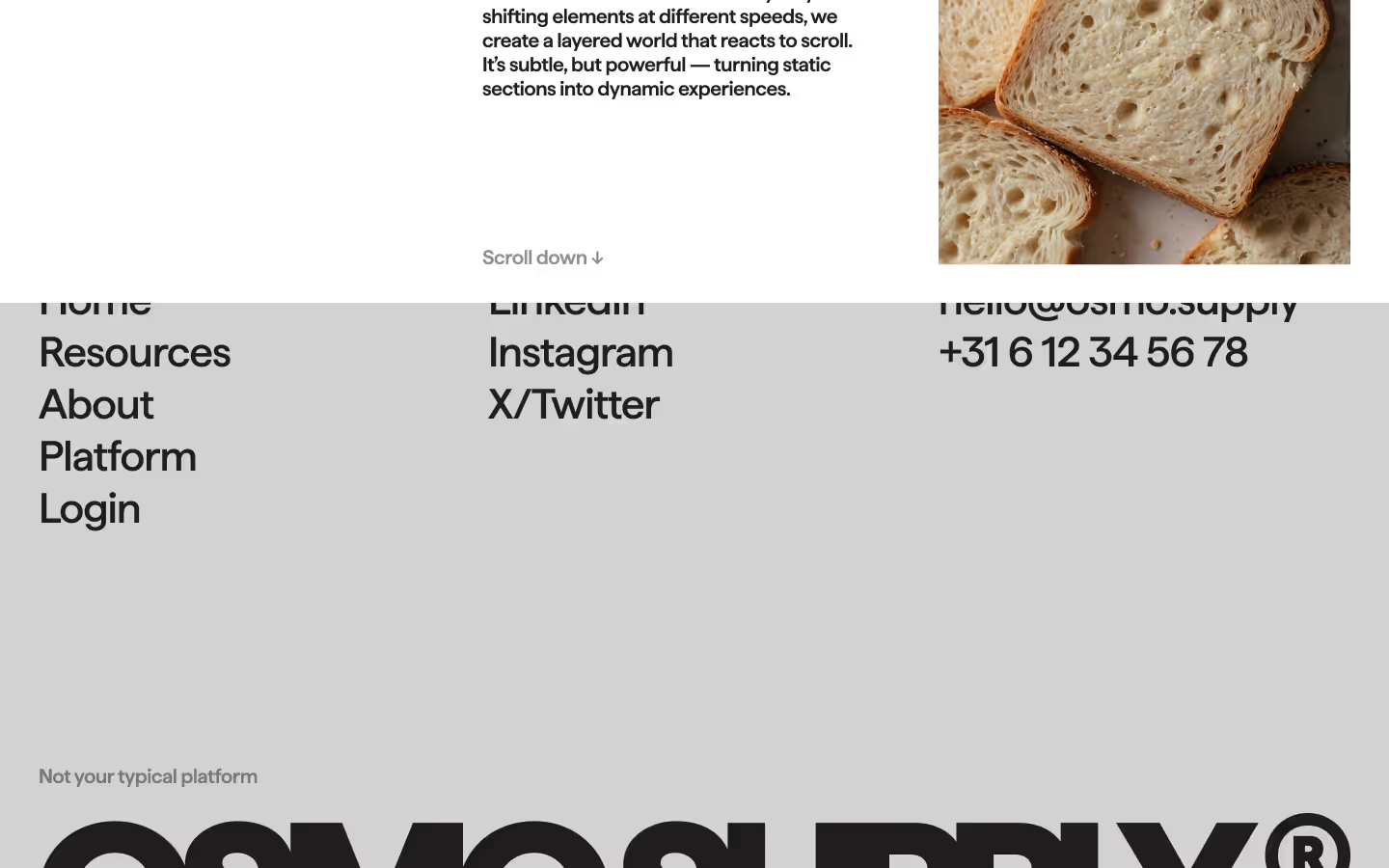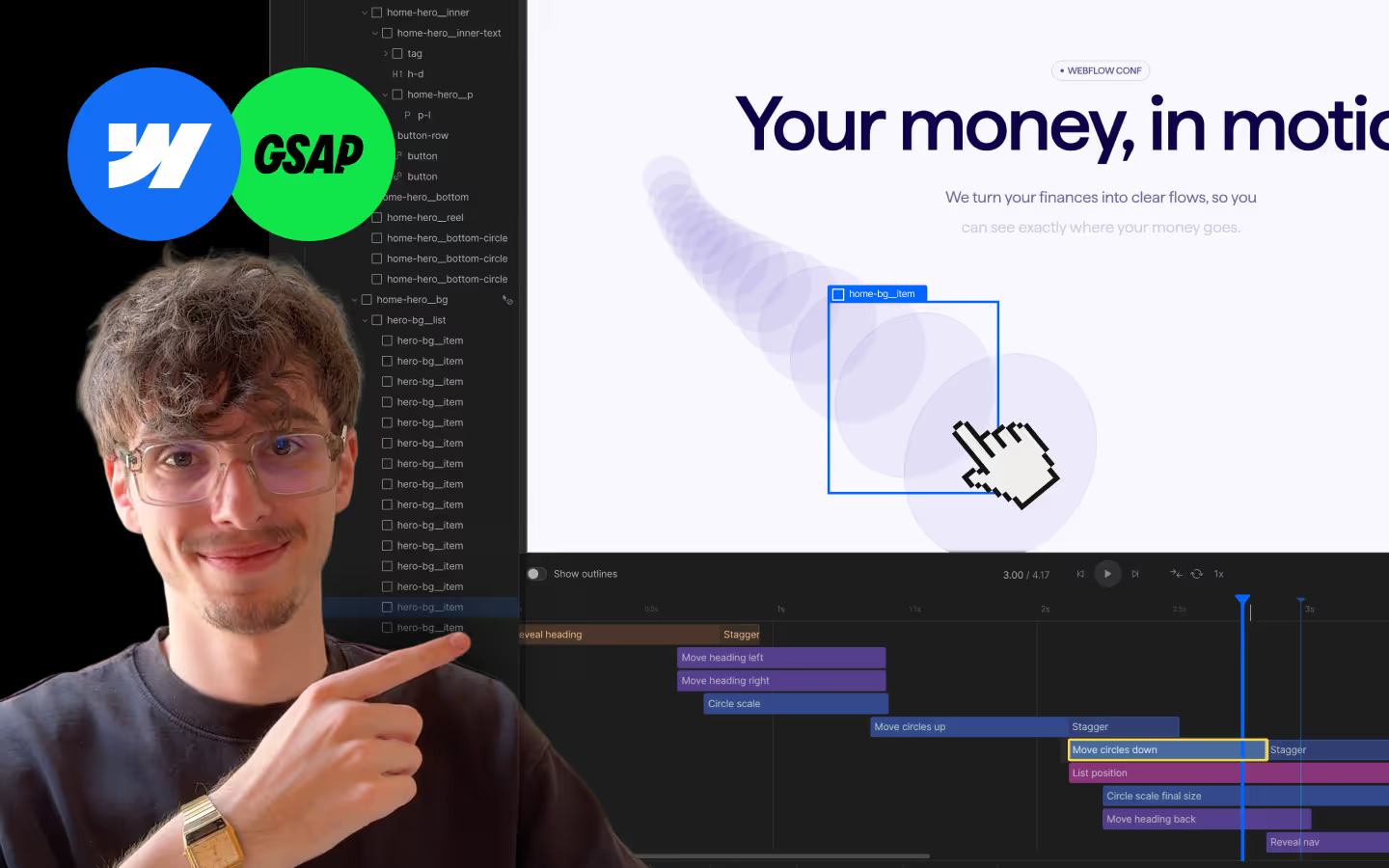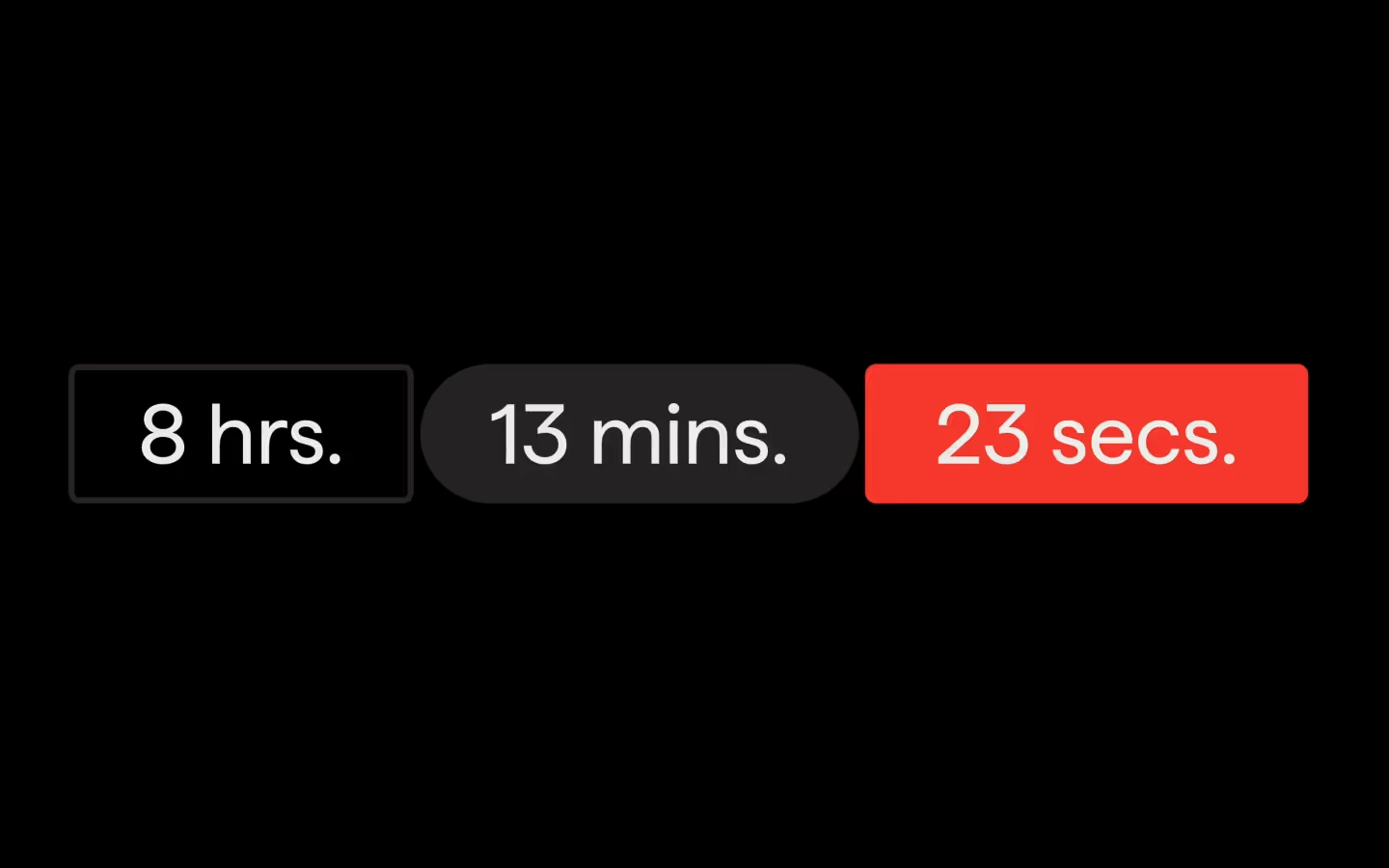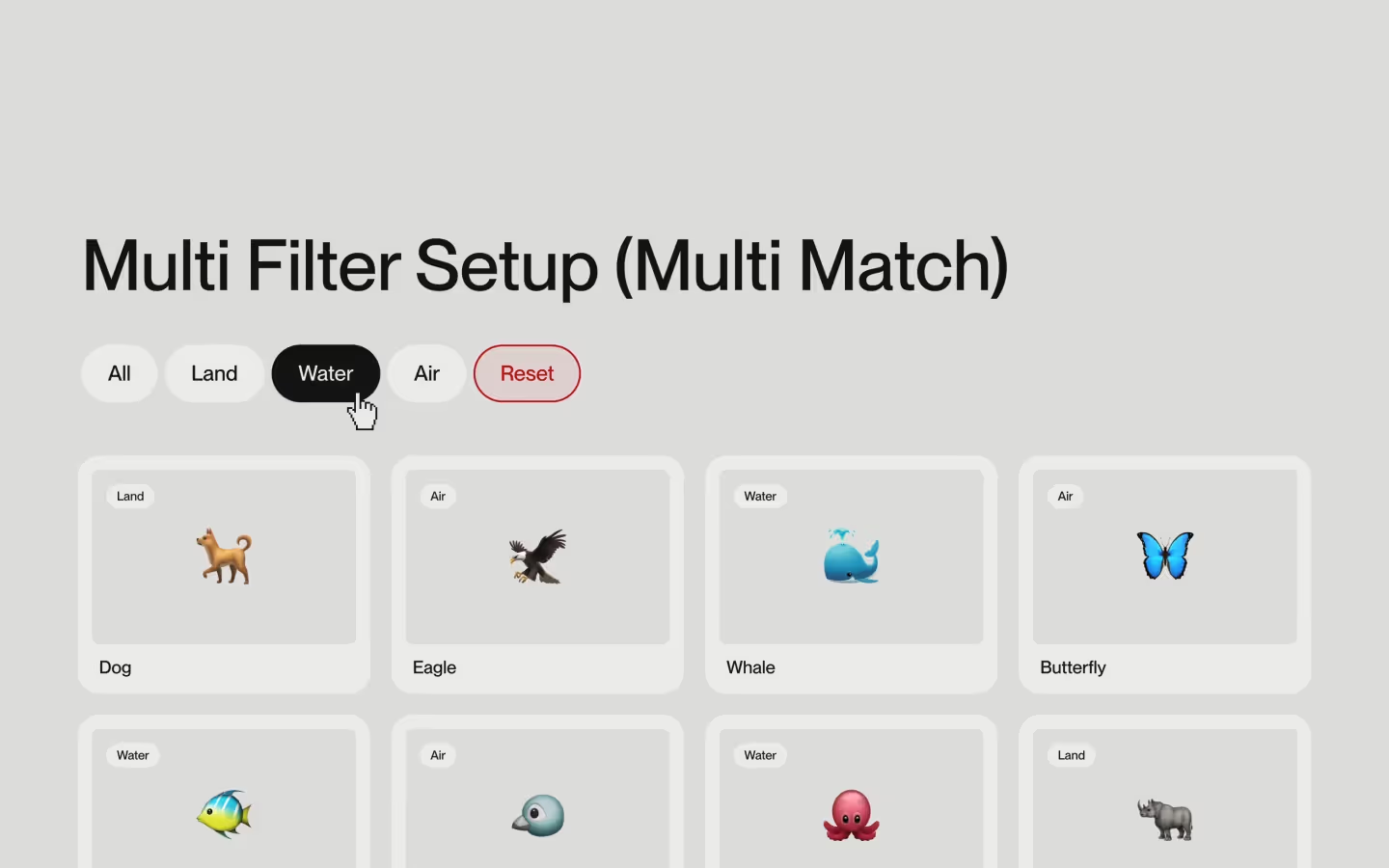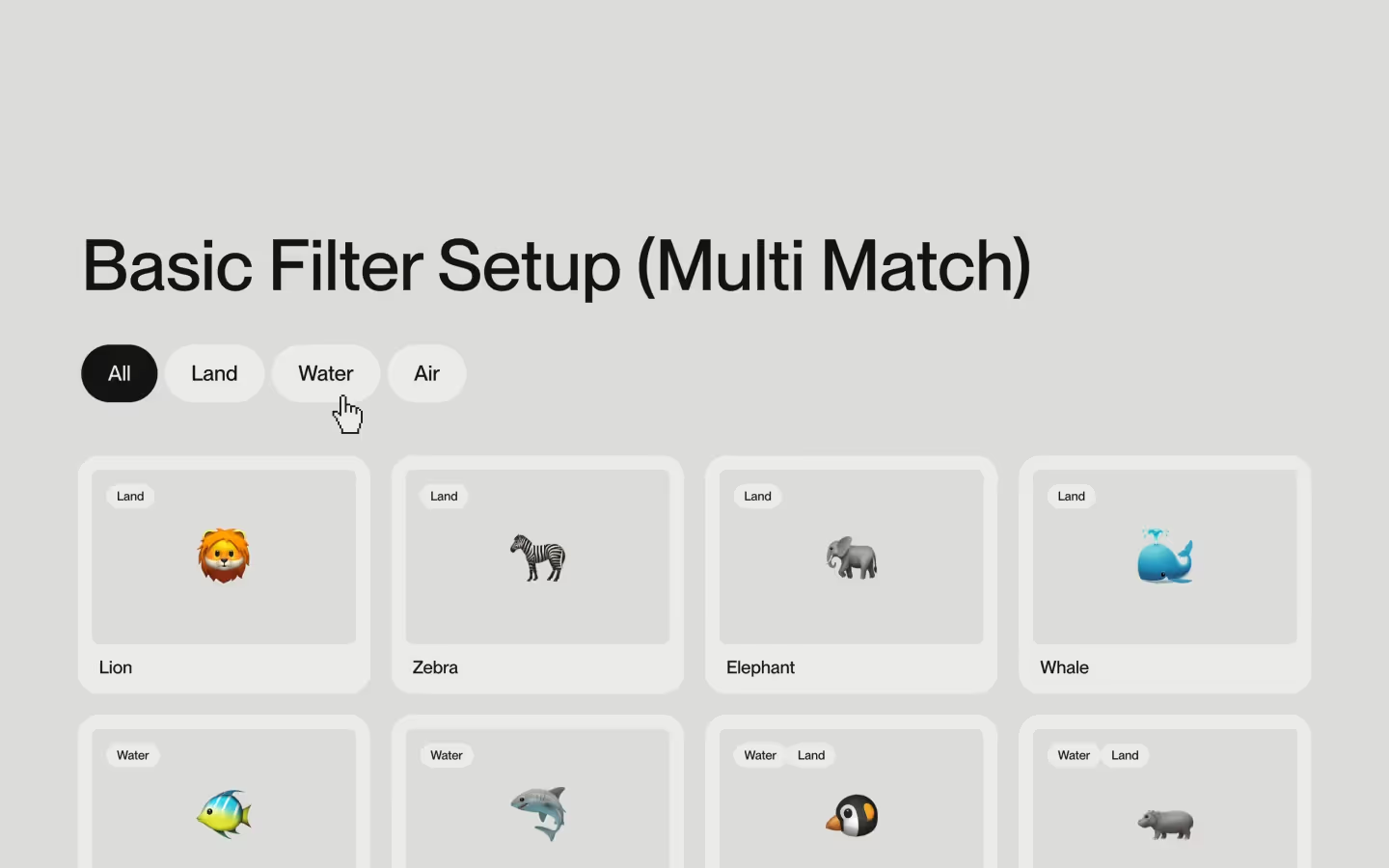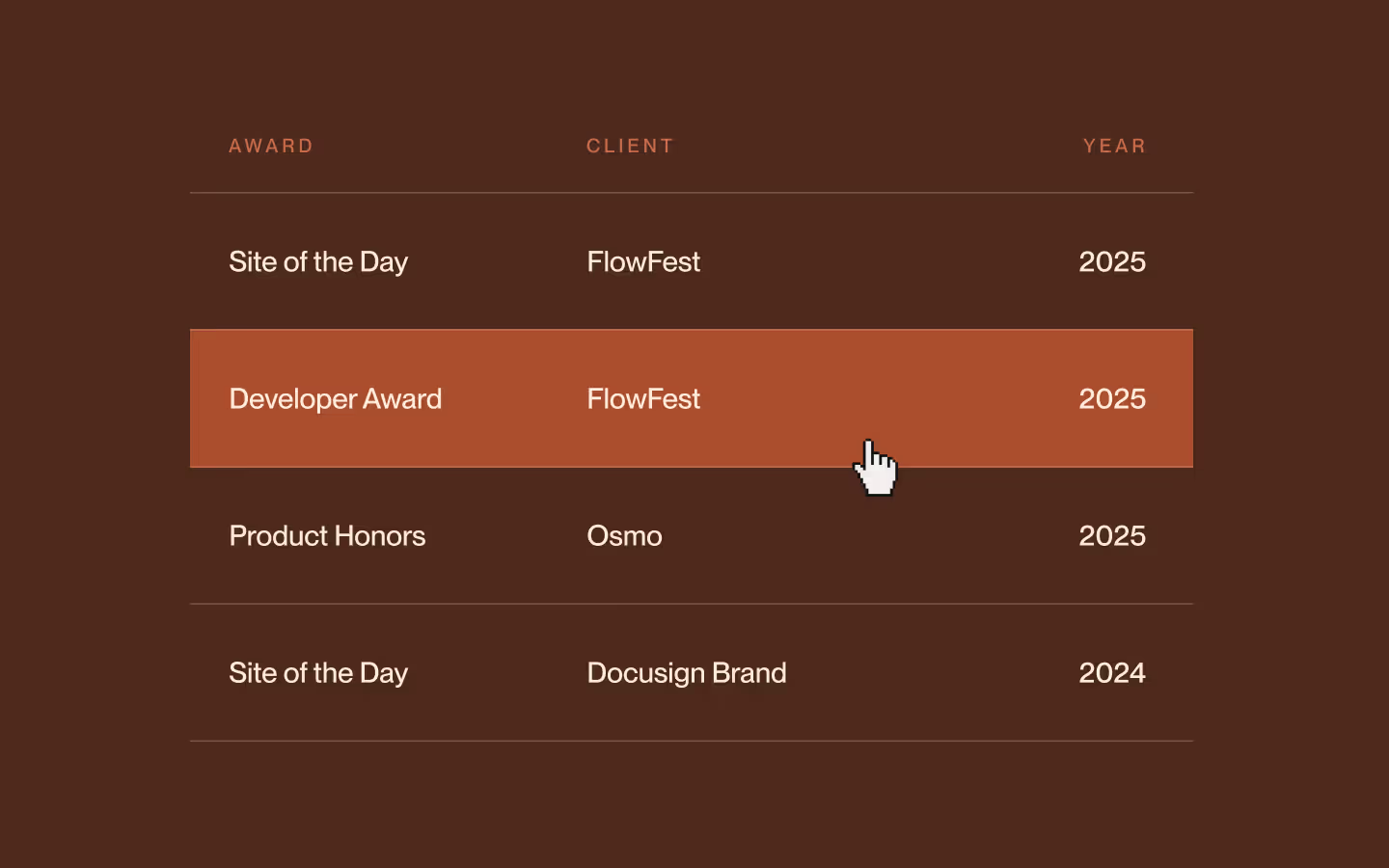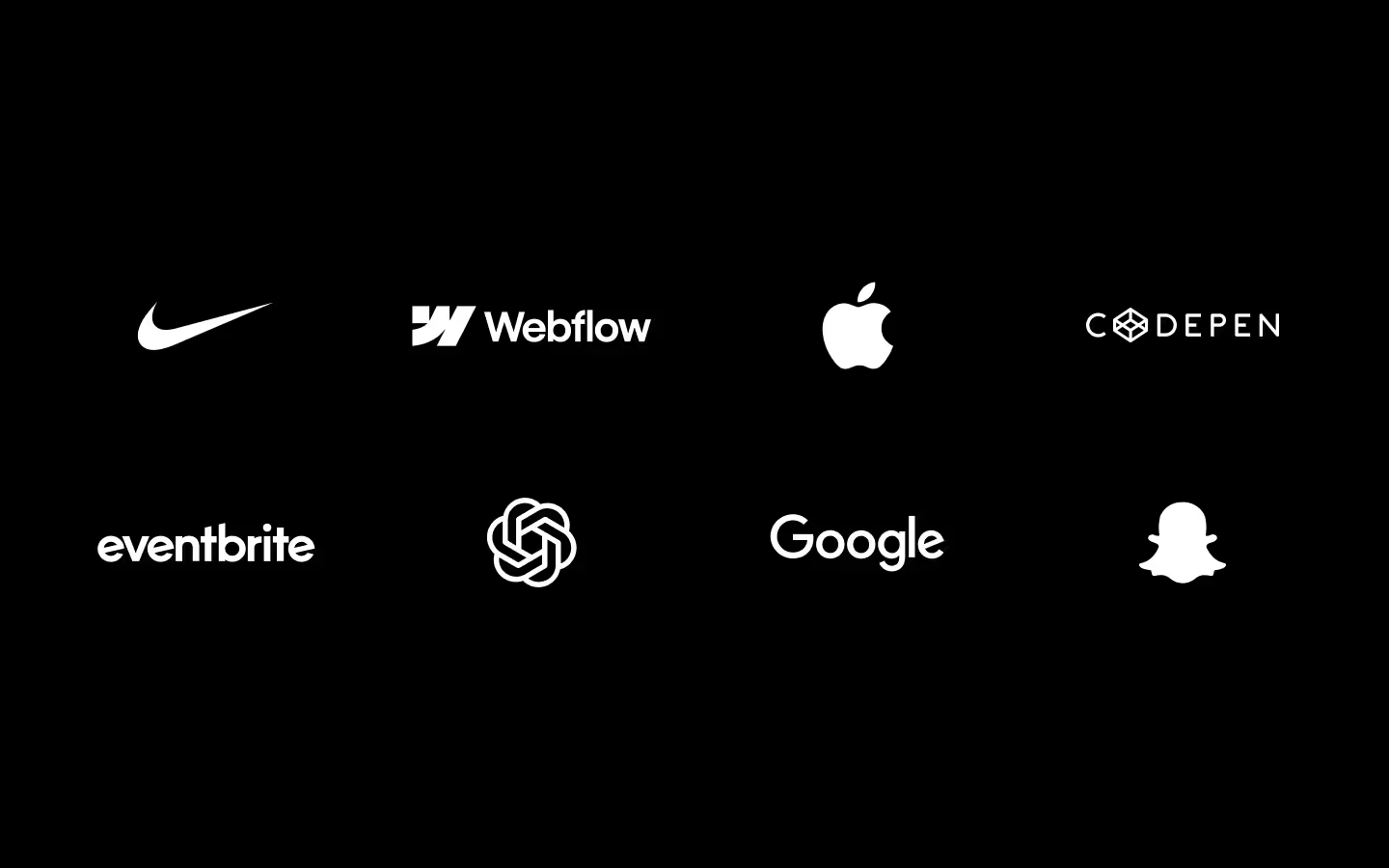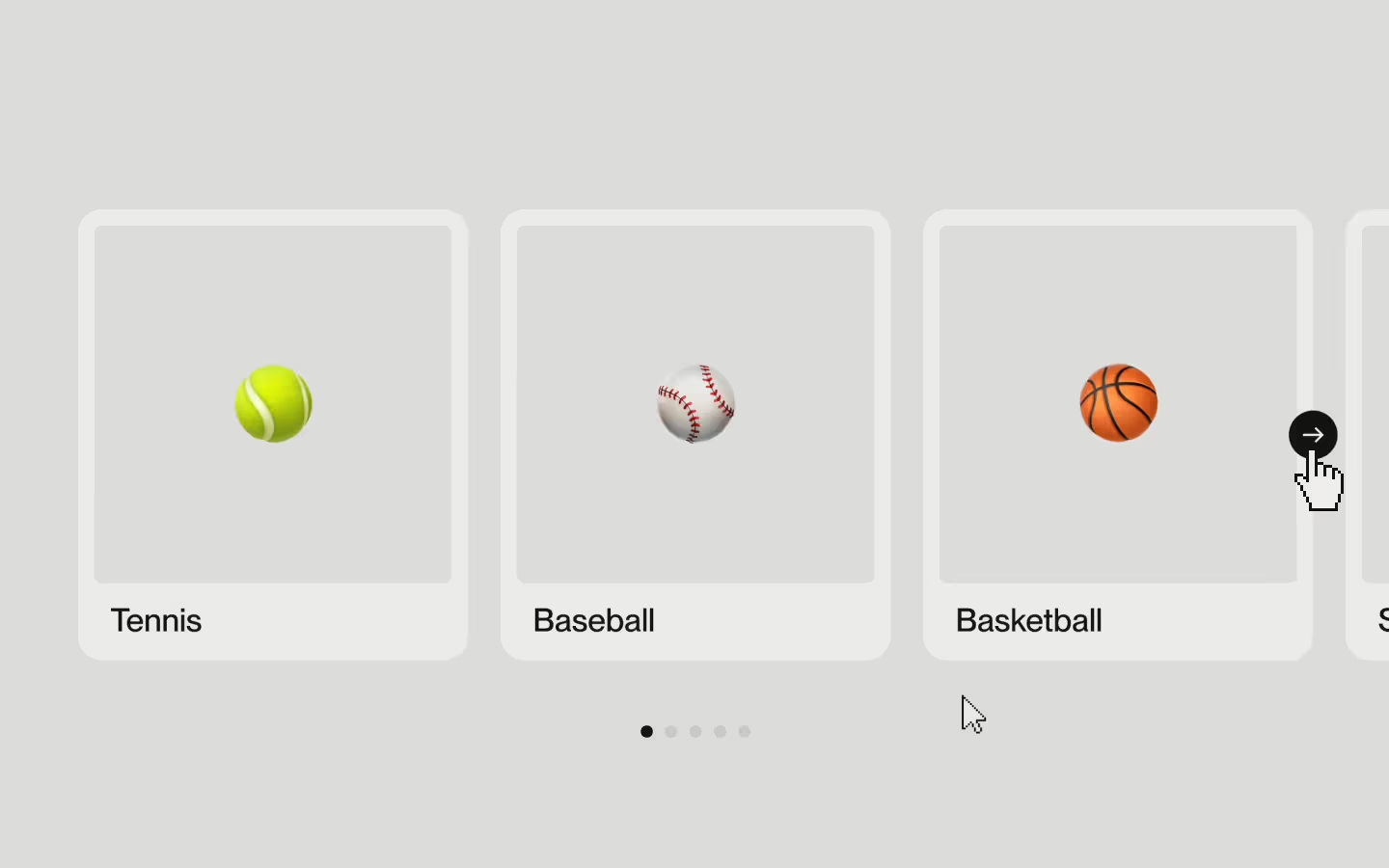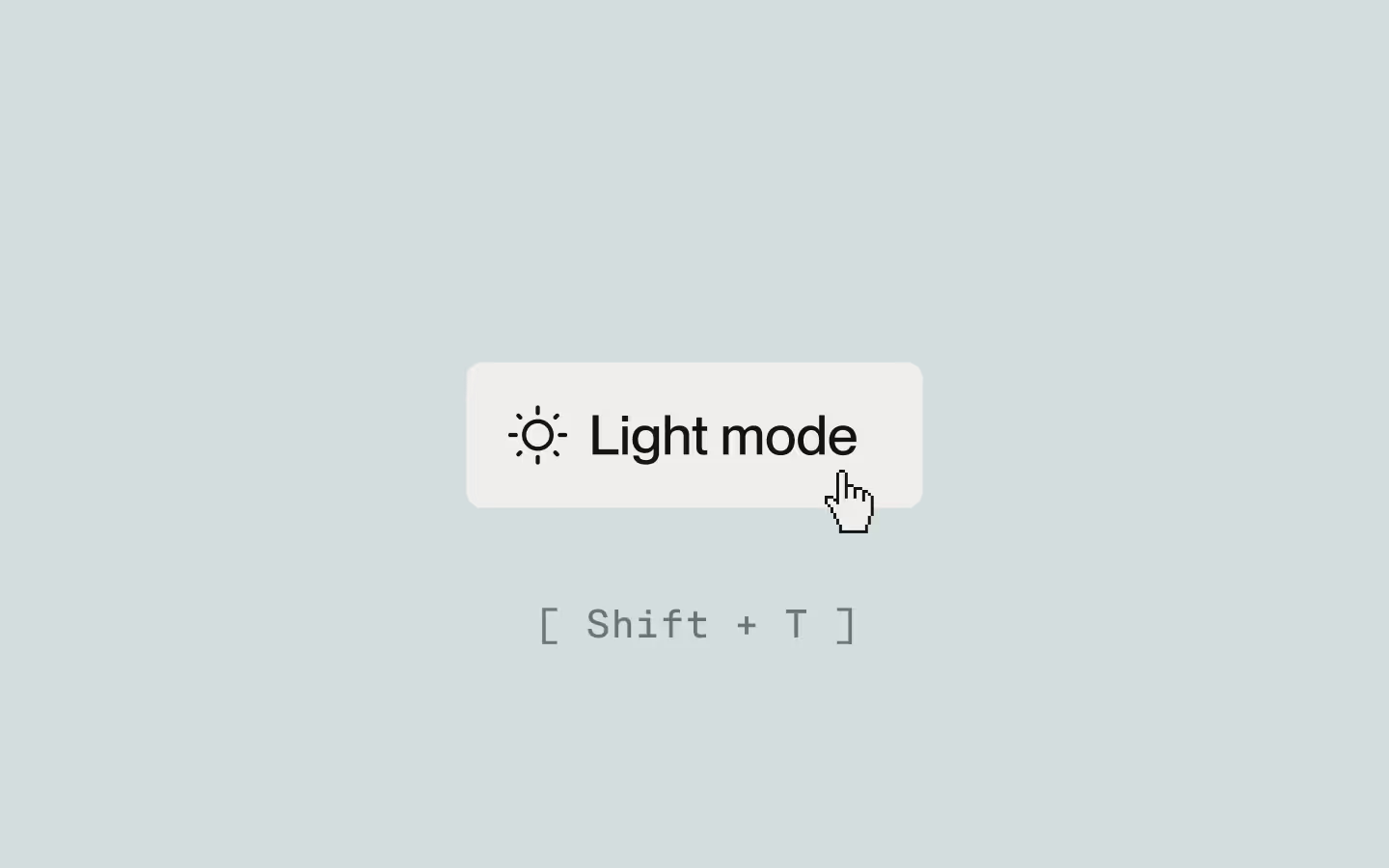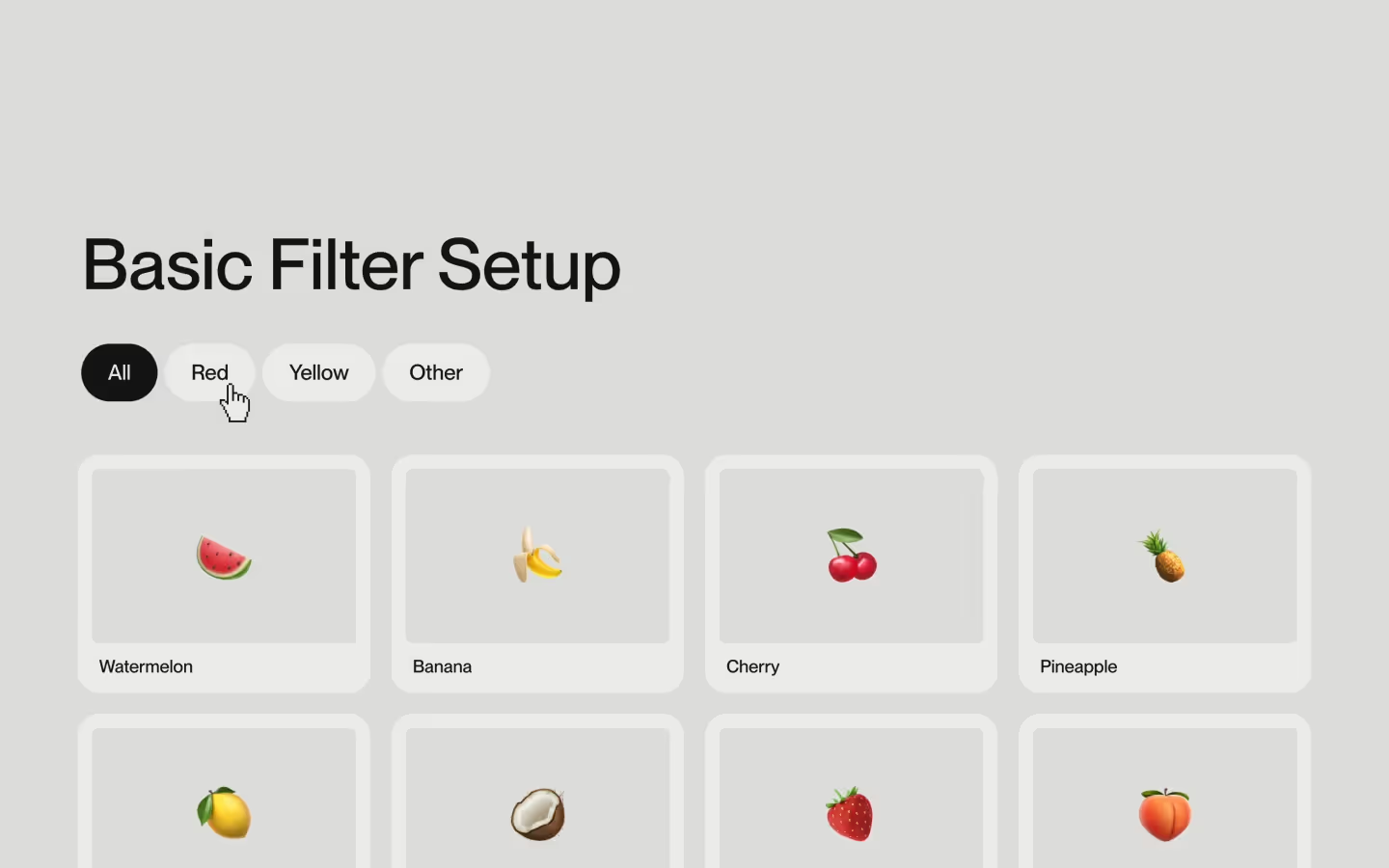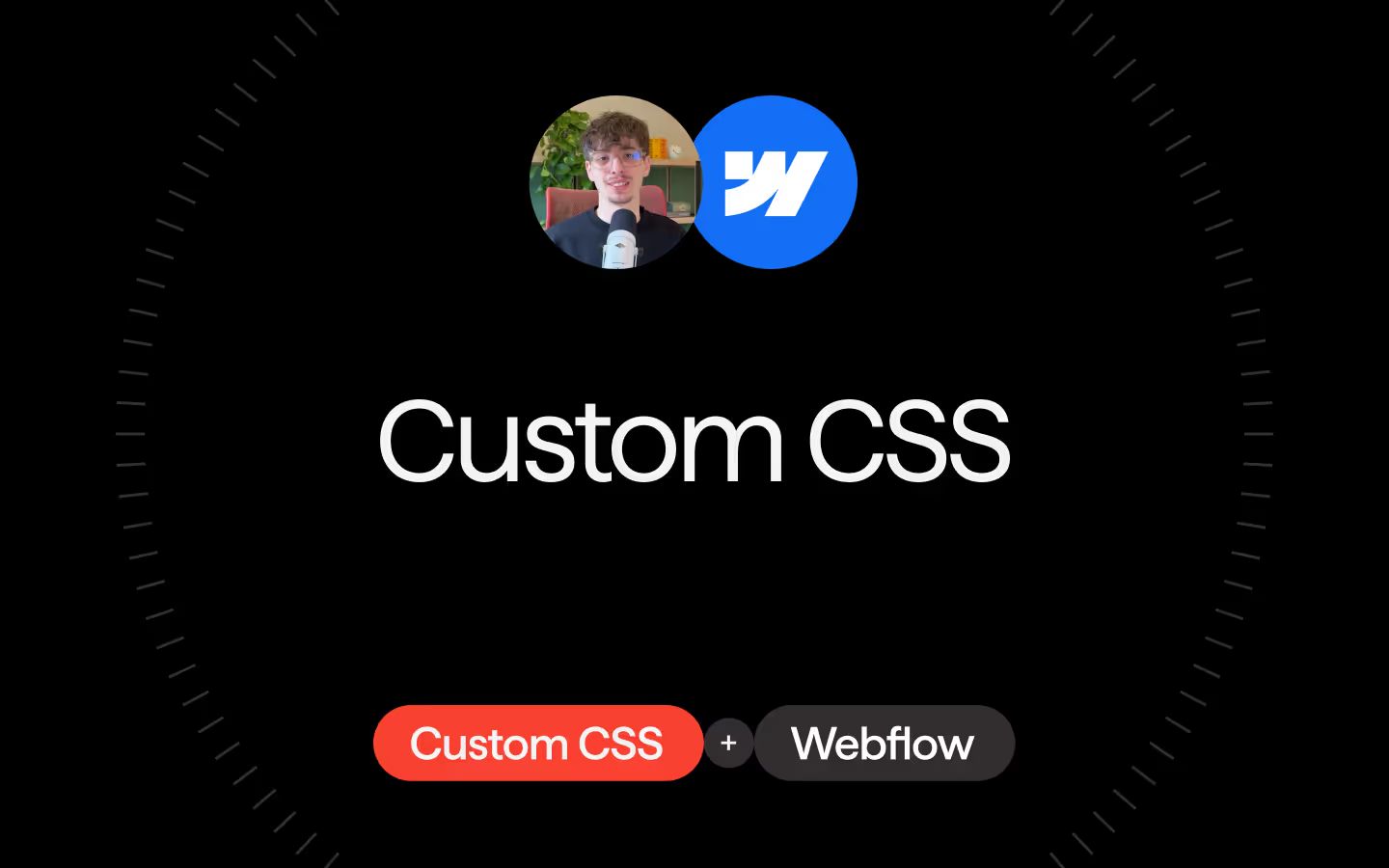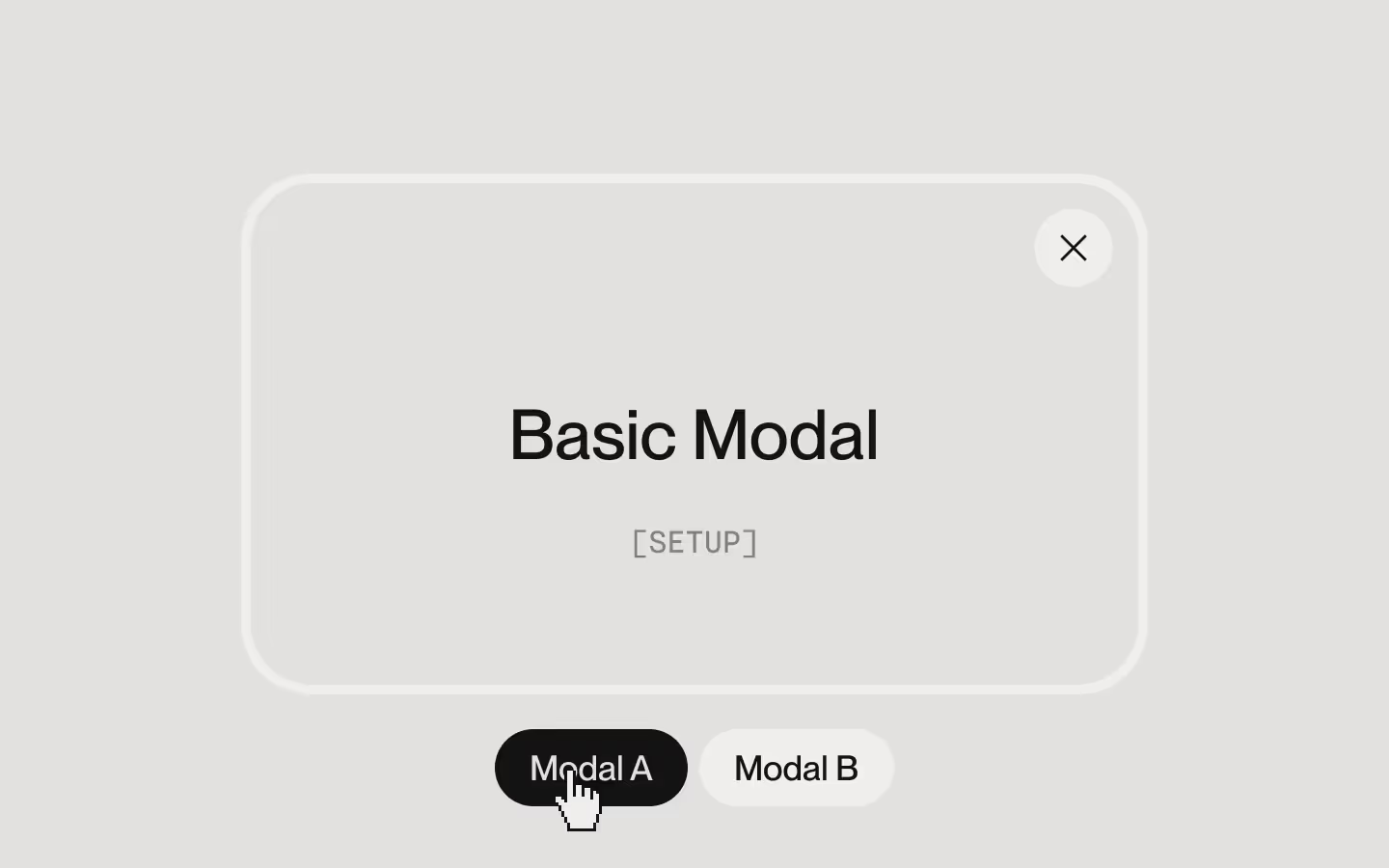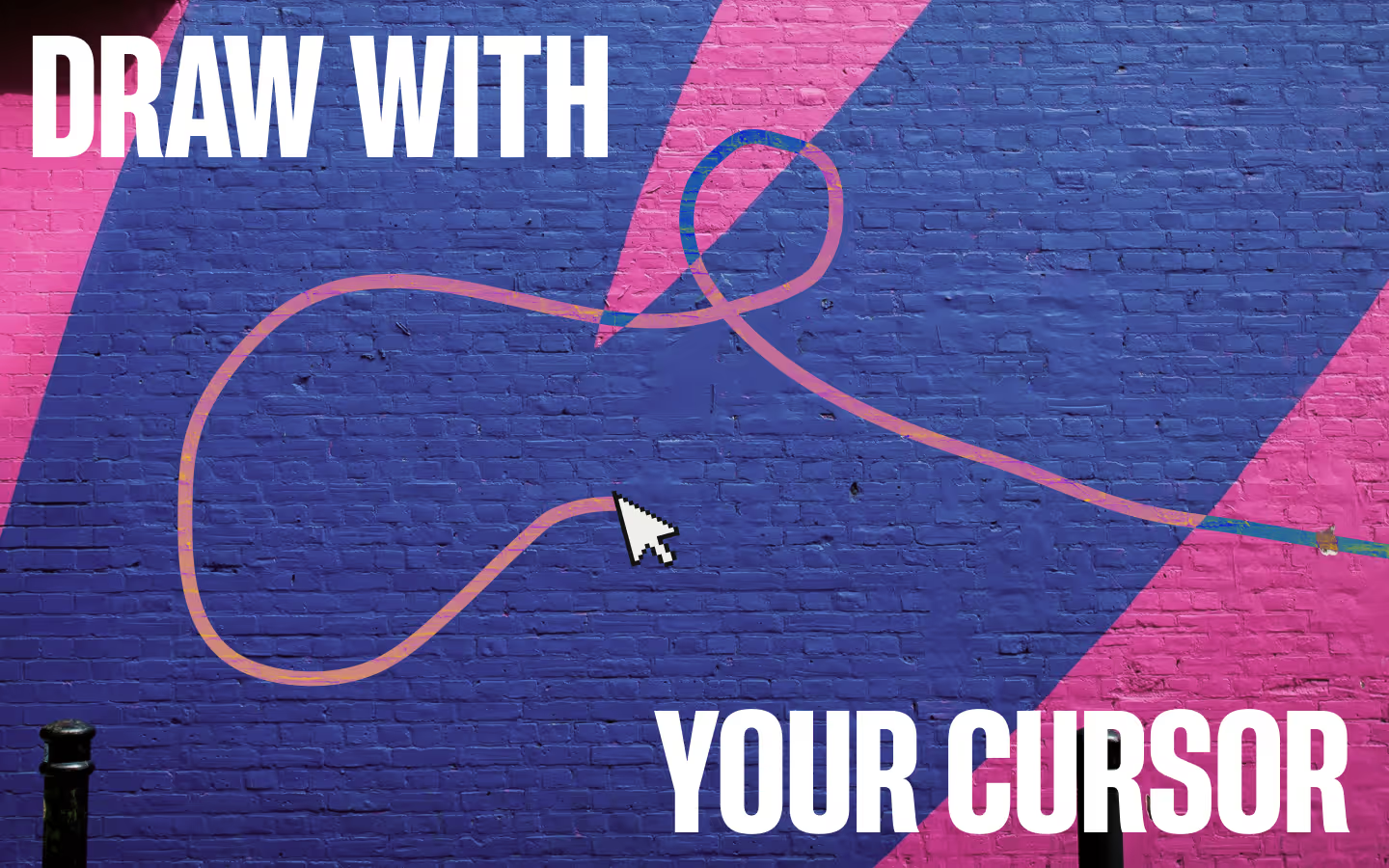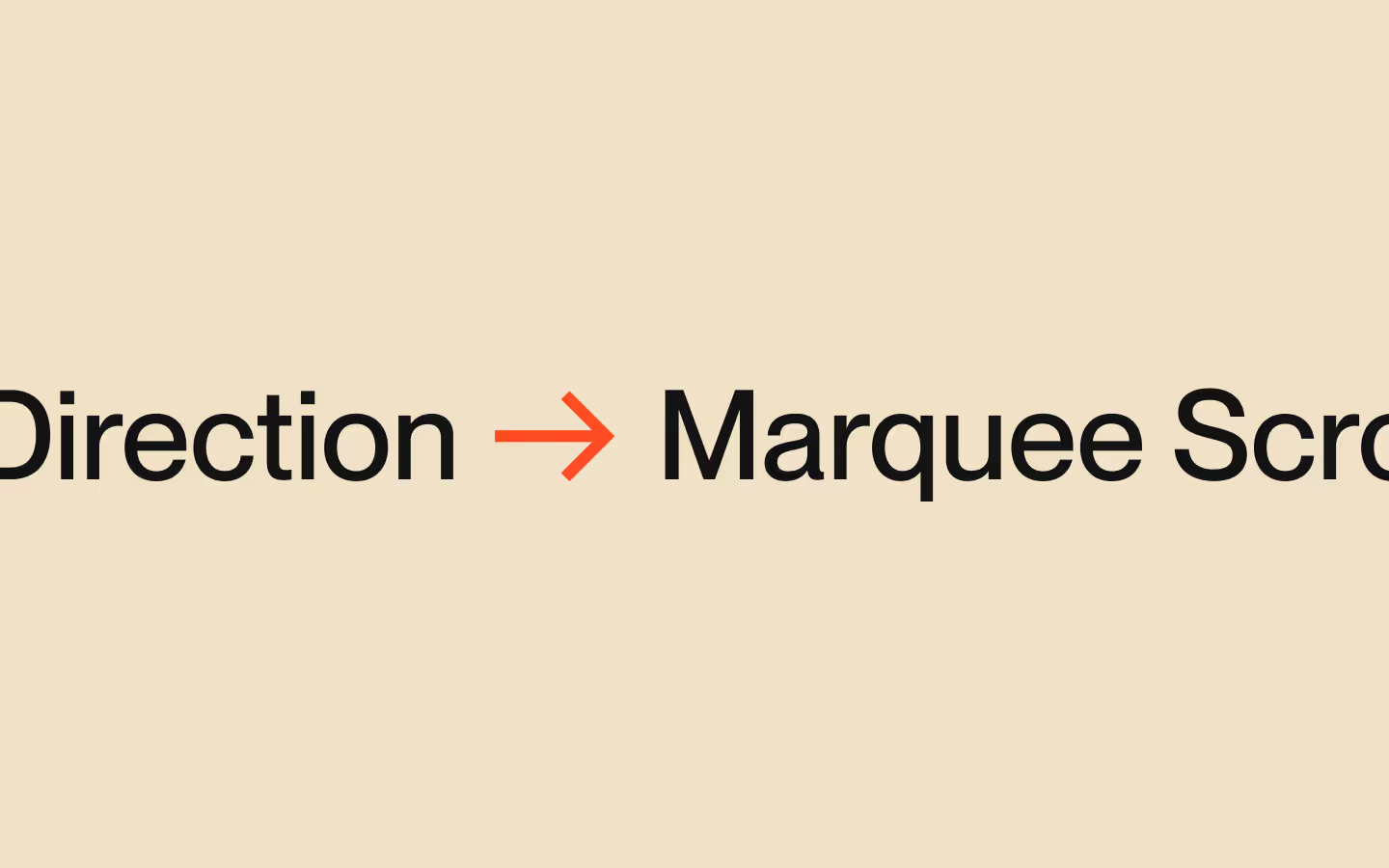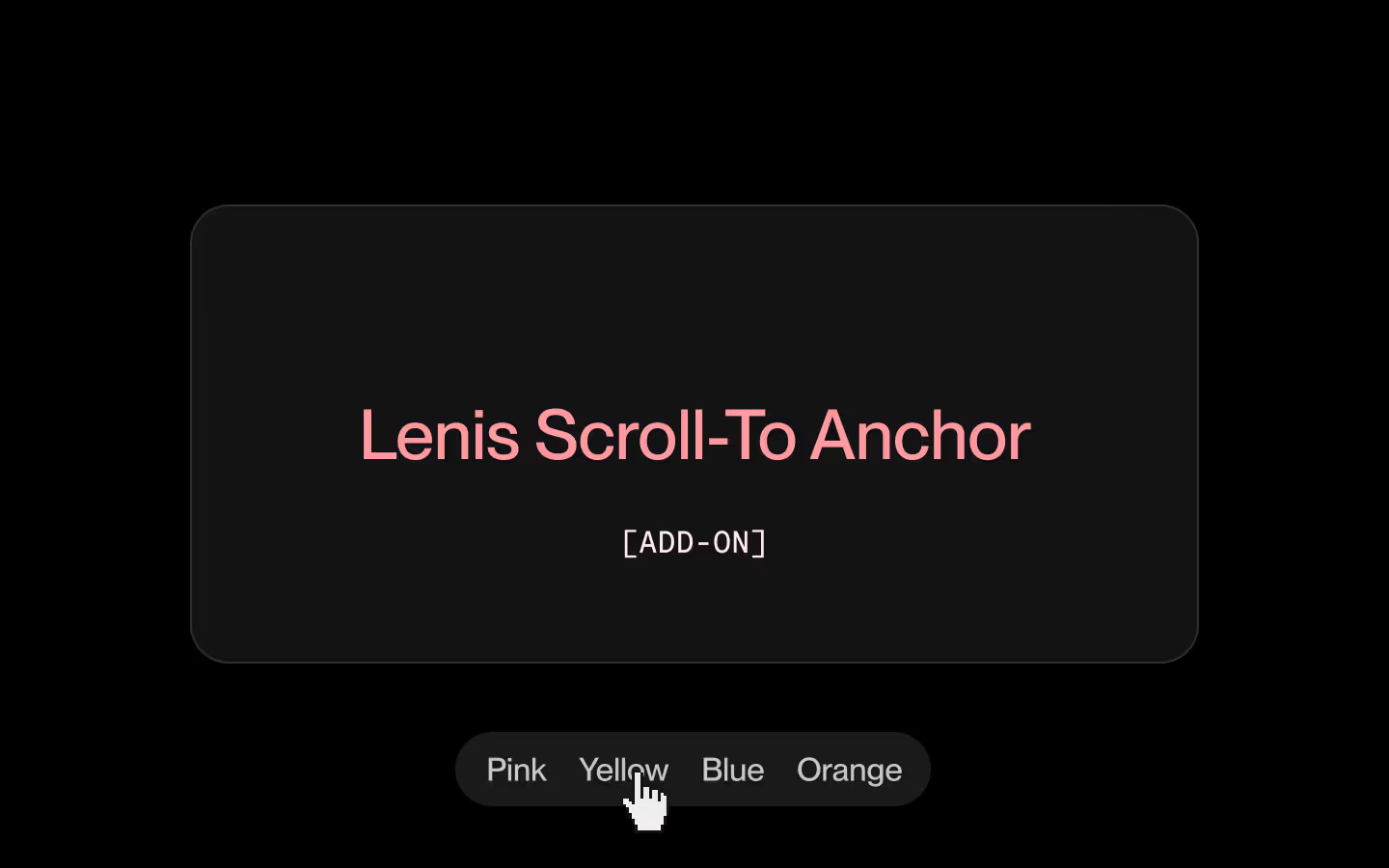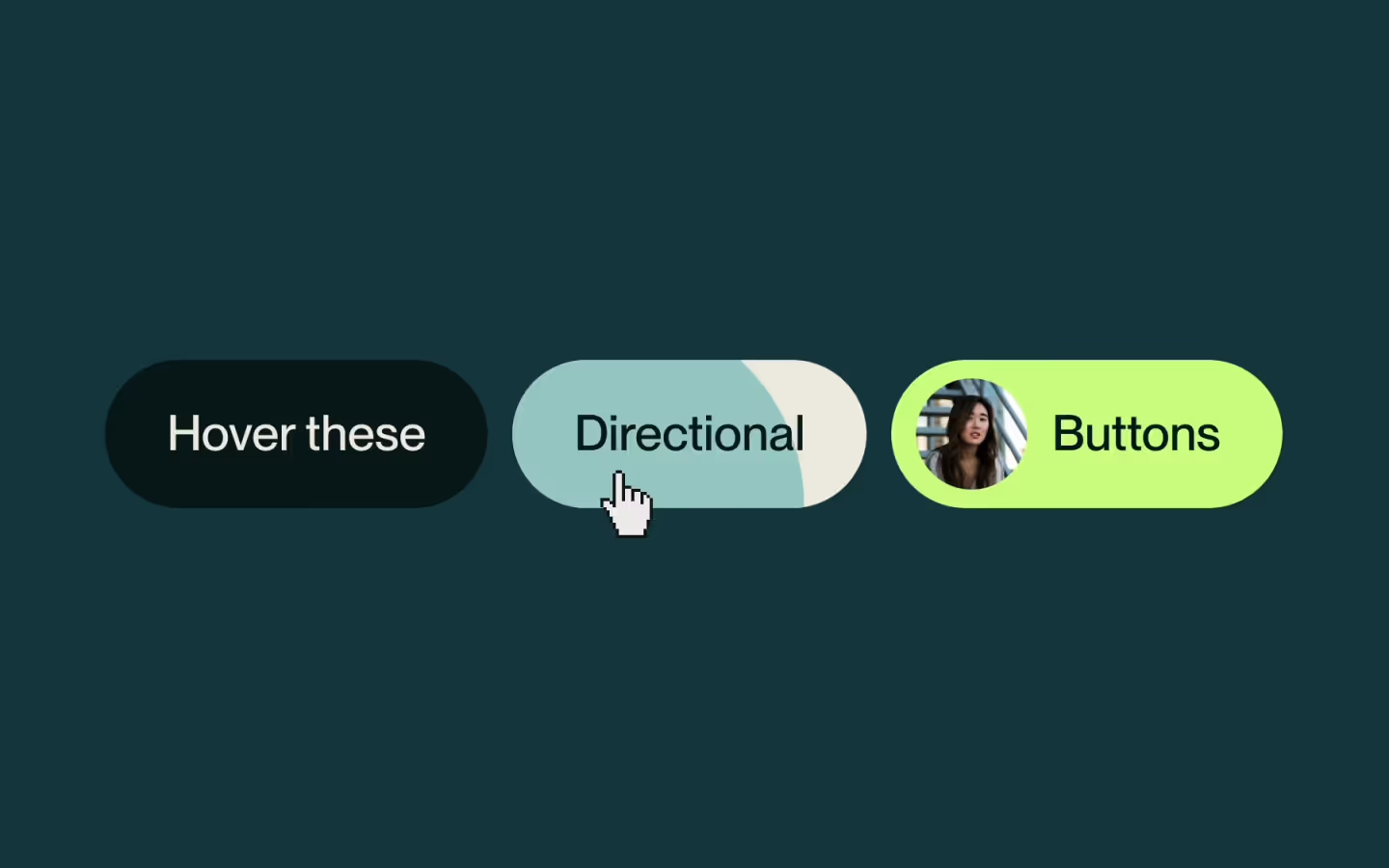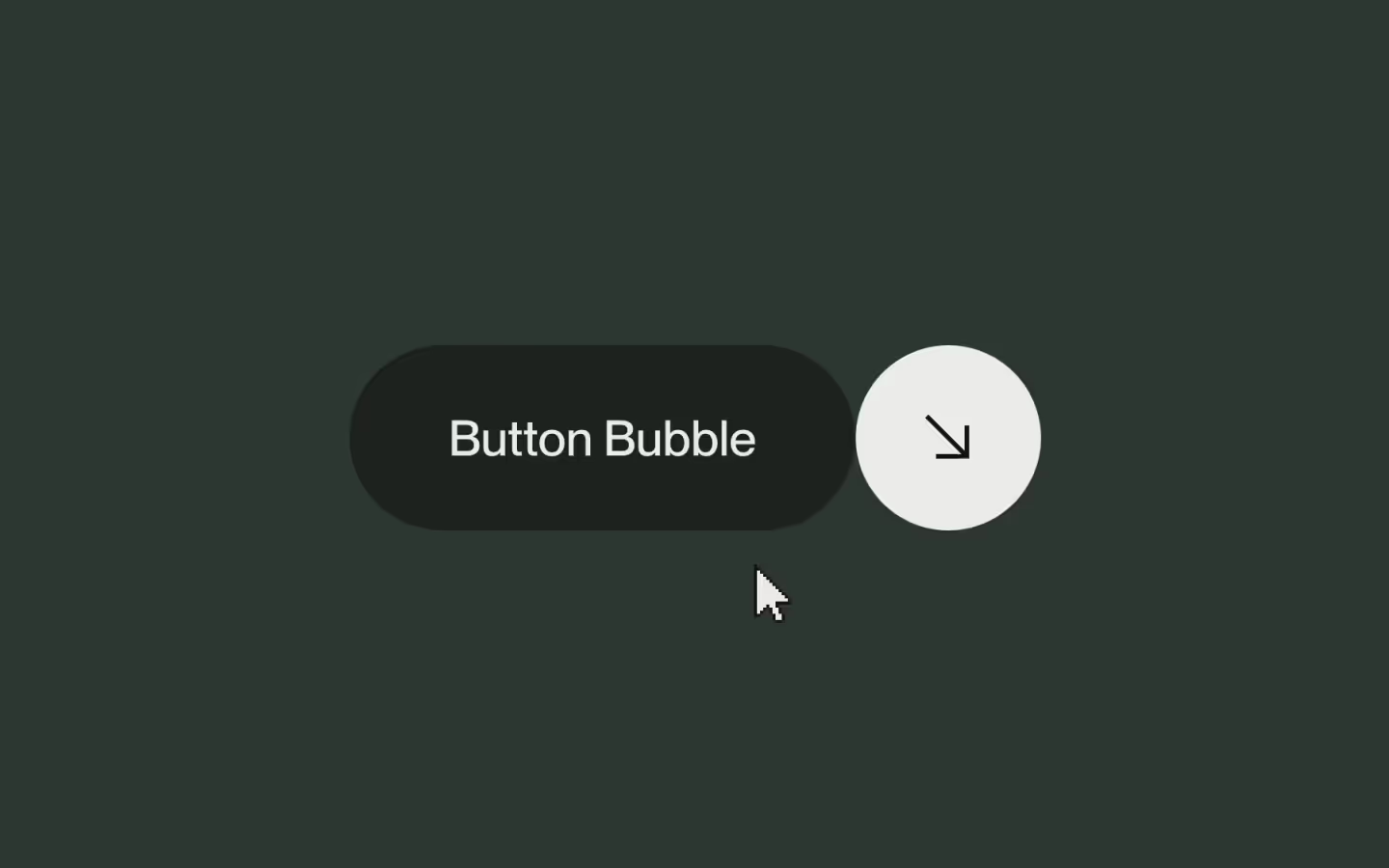Pixelate Image Render Effect
Documentation
Webflow
Code
Setup: External Scripts
External Scripts in Webflow
Make sure to always put the External Scripts before the Javascript step of the resource.
In this video you learn where to put these in your Webflow project? Or how to include a paid GSAP Club plugin in your project?
HTML
Step 1: Copy structure to Webflow
Copy structure to Webflow
In the video below we described how you can copy + paste the structure of this resource to your Webflow project.
Copy to Webflow
Webflow structure is not required for this resource.
Step 1: Add HTML
HTML
<div data-pixelate-render="" data-pixelate-render-trigger="inview" class="pixelated-render-image">
<div class="pixelated-render-image__before"></div>
<img data-pixelate-render-img="" class="pixelated-render-image__img" src="https://cdn.prod.website-files.com/68999c401f65a664b49035ad/6899e6b1a8eef7f41f2ee4cd_Portrait%20of%20Man%20in%20Blue.avif" alt="">
</div>HTML structure is not required for this resource.
Step 2: Add CSS
CSS
.pixelated-render-image {
justify-content: center;
align-items: center;
width: 55vw;
display: flex;
position: relative;
overflow: hidden;
}
.pixelated-render-image__before {
padding-top: 75%;
}
.pixelated-render-image__before.is--portrait {
padding-top: 133.333%;
}
.pixelated-render-image__img {
object-fit: cover;
width: 100%;
height: 100%;
display: block;
position: absolute;
}Step 2: Add custom Javascript
Custom Javascript in Webflow
In this video, Ilja gives you some guidance about using JavaScript in Webflow:
Step 2: Add Javascript
Step 3: Add Javascript
Javascript
function initPixelateImageRenderEffect() {
let renderDuration = 150; // Duration per step (in ms)
let renderSteps = 12; // Number of steps from chunky to sharp
let renderColumns = 12; // Starting number of columns at the most pixelated stage
document.querySelectorAll('[data-pixelate-render]').forEach(setupPixelate);
function setupPixelate(root) {
const img = root.querySelector('[data-pixelate-render-img]');
if (!img) return;
const trigger = (root.getAttribute('data-pixelate-render-trigger') || 'load').toLowerCase();
// Per-element overrides
const durAttr = parseInt(root.getAttribute('data-pixelate-render-duration'), 10);
const stepsAttr = parseInt(root.getAttribute('data-pixelate-render-steps'), 10);
const colsAttr = parseInt(root.getAttribute('data-pixelate-render-columns'), 10);
const fitMode = (root.getAttribute('data-pixelate-render-fit') || 'cover').toLowerCase();
const elRenderDuration = Number.isFinite(durAttr) ? Math.max(16, durAttr) : renderDuration;
const elRenderSteps = Number.isFinite(stepsAttr) ? Math.max(1, stepsAttr) : renderSteps;
const elRenderColumns = Number.isFinite(colsAttr) ? Math.max(1, colsAttr) : renderColumns;
const canvas = document.createElement('canvas');
canvas.setAttribute('data-pixelate-canvas', '');
canvas.style.position = 'absolute';
canvas.style.inset = '0';
canvas.style.width = '100%';
canvas.style.height = '100%';
canvas.style.pointerEvents = 'none';
root.style.position ||= 'relative';
root.appendChild(canvas);
const ctx = canvas.getContext('2d', { alpha: true });
ctx.imageSmoothingEnabled = false;
const back = document.createElement('canvas');
const tiny = document.createElement('canvas');
const bctx = back.getContext('2d', { alpha: true });
const tctx = tiny.getContext('2d', { alpha: true });
let naturalW = 0, naturalH = 0;
let playing = false, stageIndex = 0, stageStart = 0;
let backDirty = true, resizeTimeout = 0;
let steps = [elRenderColumns];
function fitCanvas() {
const r = root.getBoundingClientRect();
const dpr = Math.max(1, Math.floor(window.devicePixelRatio || 1));
const w = Math.max(1, Math.round(r.width * dpr));
const h = Math.max(1, Math.round(r.height * dpr));
if (canvas.width !== w || canvas.height !== h) {
canvas.width = w; canvas.height = h;
back.width = w; back.height = h;
backDirty = true;
}
regenerateSteps();
}
function regenerateSteps() {
const cw = Math.max(1, canvas.width);
const startCols = Math.min(elRenderColumns, cw);
const total = Math.max(1, elRenderSteps);
const use = Math.max(1, Math.floor(total * 0.9)); // hard-coded 80%
const a = [];
const ratio = Math.pow(cw / startCols, 1 / total);
for (let i = 0; i < use; i++) {
a.push(Math.max(1, Math.round(startCols * Math.pow(ratio, i))));
}
for (let i = 1; i < a.length; i++) if (a[i] <= a[i - 1]) a[i] = a[i - 1] + 1;
steps = a.length ? a : [startCols];
}
function drawImageToBack() {
if (!backDirty || !naturalW || !naturalH) return;
const cw = back.width, ch = back.height;
let dw = cw, dh = ch, dx = 0, dy = 0;
if (fitMode !== 'stretch') {
const s = fitMode === 'cover' ? Math.max(cw / naturalW, ch / naturalH) : Math.min(cw / naturalW, ch / naturalH);
dw = Math.max(1, Math.round(naturalW * s));
dh = Math.max(1, Math.round(naturalH * s));
dx = ((cw - dw) >> 1);
dy = ((ch - dh) >> 1);
}
bctx.clearRect(0, 0, cw, ch);
bctx.imageSmoothingEnabled = true;
bctx.drawImage(img, dx, dy, dw, dh);
backDirty = false;
}
function pixelate(columns) {
const cw = canvas.width, ch = canvas.height;
const cols = Math.max(1, Math.floor(columns));
const rows = Math.max(1, Math.round(cols * (ch / cw)));
if (tiny.width !== cols || tiny.height !== rows) { tiny.width = cols; tiny.height = rows; }
tctx.imageSmoothingEnabled = false;
tctx.clearRect(0, 0, cols, rows);
tctx.drawImage(back, 0, 0, cw, ch, 0, 0, cols, rows);
ctx.imageSmoothingEnabled = false;
ctx.clearRect(0, 0, cw, ch);
ctx.drawImage(tiny, 0, 0, cols, rows, 0, 0, cw, ch);
}
function draw(stepCols) {
if (!canvas.width || !canvas.height) return;
drawImageToBack();
pixelate(stepCols);
}
function animate(t) {
if (!playing) return;
if (!stageStart) stageStart = t;
if (t - stageStart >= elRenderDuration) { stageIndex++; stageStart = t; }
draw(steps[Math.min(stageIndex, steps.length - 1)]);
if (stageIndex >= steps.length - 1) {
canvas.style.opacity = '0';
playing = false;
window.removeEventListener('resize', onWindowResize);
setTimeout(() => { canvas.remove(); }, 250);
return;
}
requestAnimationFrame(animate);
}
function prime() {
fitCanvas();
const run = () => {
naturalW = img.naturalWidth; naturalH = img.naturalHeight;
if (!naturalW || !naturalH) return;
stageIndex = 0;
canvas.style.opacity = '1';
backDirty = true;
draw(steps[0]);
};
if (img.complete && img.naturalWidth) run(); else img.addEventListener('load', run, { once: true });
}
function start() {
if (playing) return;
fitCanvas();
const run = () => {
naturalW = img.naturalWidth; naturalH = img.naturalHeight;
if (!naturalW || !naturalH) return;
stageIndex = 0; stageStart = 0; canvas.style.opacity = '1';
backDirty = true;
playing = true;
requestAnimationFrame(animate);
};
if (img.complete && img.naturalWidth) run(); else img.addEventListener('load', run, { once: true });
}
function onResize() {
fitCanvas();
if (!playing) draw(steps[Math.min(stageIndex, steps.length - 1)] || steps[0]);
}
function onWindowResize() {
clearTimeout(resizeTimeout);
resizeTimeout = setTimeout(onResize, 250);
}
if (trigger === 'load') {
prime();
start();
} else if (trigger === 'inview') {
prime();
const io = new IntersectionObserver(es => {
for (const e of es) if (e.isIntersecting) { start(); io.disconnect(); break; }
}, { rootMargin: '0px 0px -25% 0px', threshold: 0.25 });
io.observe(root);
window.addEventListener('resize', onWindowResize);
} else if (trigger === 'hover') {
prime();
root.addEventListener('mouseenter', start, { once: true });
window.addEventListener('resize', onWindowResize);
} else if (trigger === 'click') {
prime();
root.addEventListener('click', start, { once: true });
window.addEventListener('resize', onWindowResize);
}
}
}
// Initialize Pixelate Image Render Effect
document.addEventListener('DOMContentLoaded', () => {
initPixelateImageRenderEffect();
});Step 3: Add custom CSS
Step 2: Add custom CSS
Custom CSS in Webflow
Curious about where to put custom CSS in Webflow? Ilja explains it in the below video:
CSS
Implementation
Container
Wrap each image you want to pixelate in a container with [data-pixelate-render]. This element controls when the effect runs based on the trigger.
Image
Place a single image inside the container with [data-pixelate-render-img]. The script draws the fitted image into an offscreen buffer and renders a pixelated overlay canvas on top.
Trigger
Control when the animation runs with [data-pixelate-render-trigger]. Accepted values:
loadstarts immediately once the image has loadedinviewstarts the first time the element is sufficiently in the viewporthoverstarts on first mouseenterclickstarts on first click
Optional overrides
Duration
This controls the amount of time each animation step takes, measured in milliseconds, and is set with the attribute [data-pixelate-render-duration="150"]. A lower duration makes the transition snappier, while a higher duration creates a smoother, more gradual effect.
Steps
This defines how many pixelation stages exist between the starting chunky look and the sharp final image, set using [data-pixelate-render-steps="12"].
Columns
This sets how many pixel columns the image starts with at its most pixelated stage, using the attribute [data-pixelate-render-columns="12"]. Rows are automatically calculated to maintain square pixels.
Fit
This determines how the image is scaled into the pixelation canvas before processing, and is set with [data-pixelate-render-fit].
coverfill the box, crop if neededcontainfully visible, may letterboxstretchignore aspect ratio
<div
data-pixelate-render
data-pixelate-render-trigger="inview"
data-pixelate-render-duration="120"
data-pixelate-render-steps="10"
data-pixelate-render-columns="16"
data-pixelate-render-fit="cover">
<img data-pixelate-render-img src="image-2.jpg" alt="">
</div>Viewport behavior
inviewuses IntersectionObserver with threshold: 0.25 which means about 25 percent of the element must be visible before the animation starts.rootMargin'0px 0px -25% 0px' shrinks the bottom detection zone by 25 percent of the viewport height, which delays the trigger slightly until the element is a bit more on screen.
Resource details
Last updated
September 30, 2025
Category
Gallery & Images
Need help?
Join Slack







